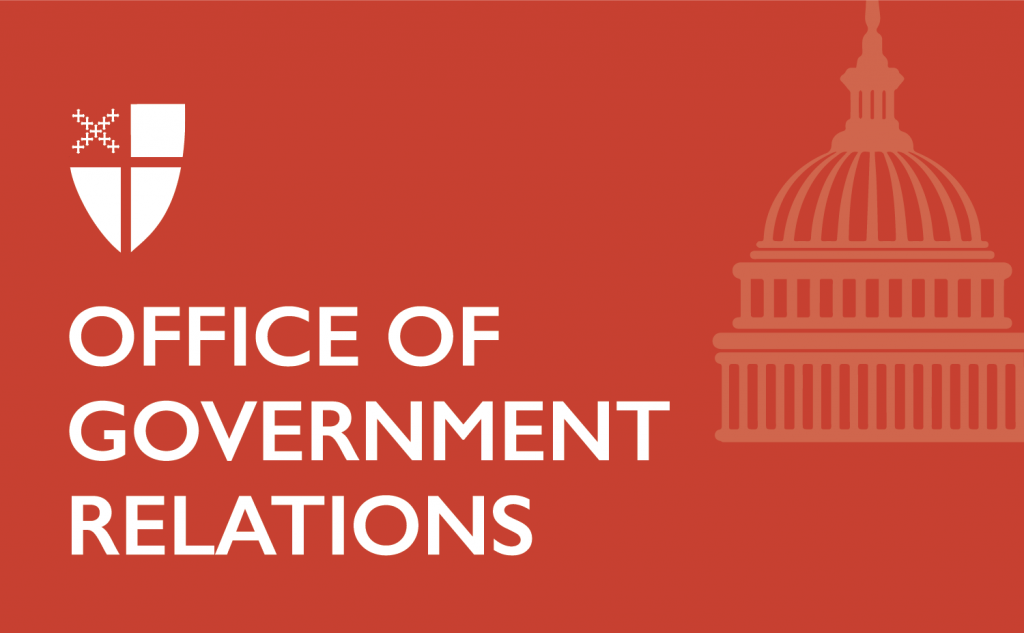EPPN Census Series: Businesses & Infrastructure
TODAY is April 1st, Census Day! This is a key reference point for the census. When you respond to the census, you’ll tell the Census Bureau where you live on April 1, 2020. Go to 2020census.gov to fill yours out today!
So far in our 2020 Census series, we have reviewed federal programs that rely on census data for effective implementation. But the information gathered from the census has a large impact on private businesses and infrastructure services within the United States as well. In addition, the American Community Survey (ACS) provides relevant data to businesses and the Federal Highway Administration to support the growth of the private sector and the expansion of America’s infrastructure. This information helps to ensure that growing communities have expanded resources and transit options to support them. (Remember, while not everyone will receive an ACS form this year, if you do receive one, you are required to fill out both the ACS and the 2020 census forms.)
The census and the ACS were created to achieve substantially different goals. The census’s main function is to provide an accurate count of America’s population for the purpose of Congressional apportionment, whereas the ACS is intended to measure the changing social and economic characteristics of America’s population by analyzing education, housing, employment, and income, among other factors. The data taken from these two surveys have a big impact on many aspects of our lives as communities.
On Private Enterprise
Owners of large and small businesses can explore population statistics to better understand how to most effectively deliver their products or services to potential customers. These statistics are found through the continuous ACS survey and the Economic Census that occurs every 5 years. While the ACS compiles data on America’s population, the Economic Census obtains information from all non-farm businesses, asking what kind of business they are, their geographic location, total revenue, and payroll. This information is extremely detailed, showing average customer spending, the age range of local communities, and the average amount of time it takes a building permit to be approved. In addition to growing their business, owners can use this data when hiring, by basing the pay of their employees off of payrolls of similar businesses in the area. Finally, the ACS population data help business owners to determine if an area has the population and economic support to open or expand.
On Infrastructure
The federal government spends more than $675 billion annually on critical transportation services across the country, including the maintenance and building of roads. ACS data provide insight on what regions of the United States are growing the fastest, which can inform where federal funding is directed to state and local governments to support further improvement of infrastructure. Increasing infrastructure spending can have a significant positive effect on the economy both in the short term and long term. The increased level of spending in the short term stimulates the economy directly and indirectly. Government spending directly increases economic output, as the government is purchasing goods and services from contractors to complete projects. Indirectly, the economy is boosted via the multiplier effect, in which $1 of government spending can potentially increase economic output by more than $1. The census’s role of analyzing population trends allows the expansion of infrastructure where it is most needed, making local transit more responsive to population trends and aiding the American economy as a whole.
Without the census, American businesses and infrastructure would not have the data to guide decision-making and investments. In a best-case scenario, the census and ACS provide information that allows the federal government, state and local governments, and the private sector to better respond to and serve the needs of communities across the United States.
Additional Resources
Census Series Week 1: Why We Count
Census Series Week 2: Healthcare
Census Series Week 3: Education
Census Series Week 4: Social Safety Net Programs
Be sure to come back to our Civic Engagement webpage for more updates throughout 2020, and don’t miss our Census Engagement Toolkit!
Work on this 2020 Census Series was led by Blair Hood, policy intern, Office of Government Relations
Contact:
The Office of Government Relations
eppn@episcopalchurch.org

